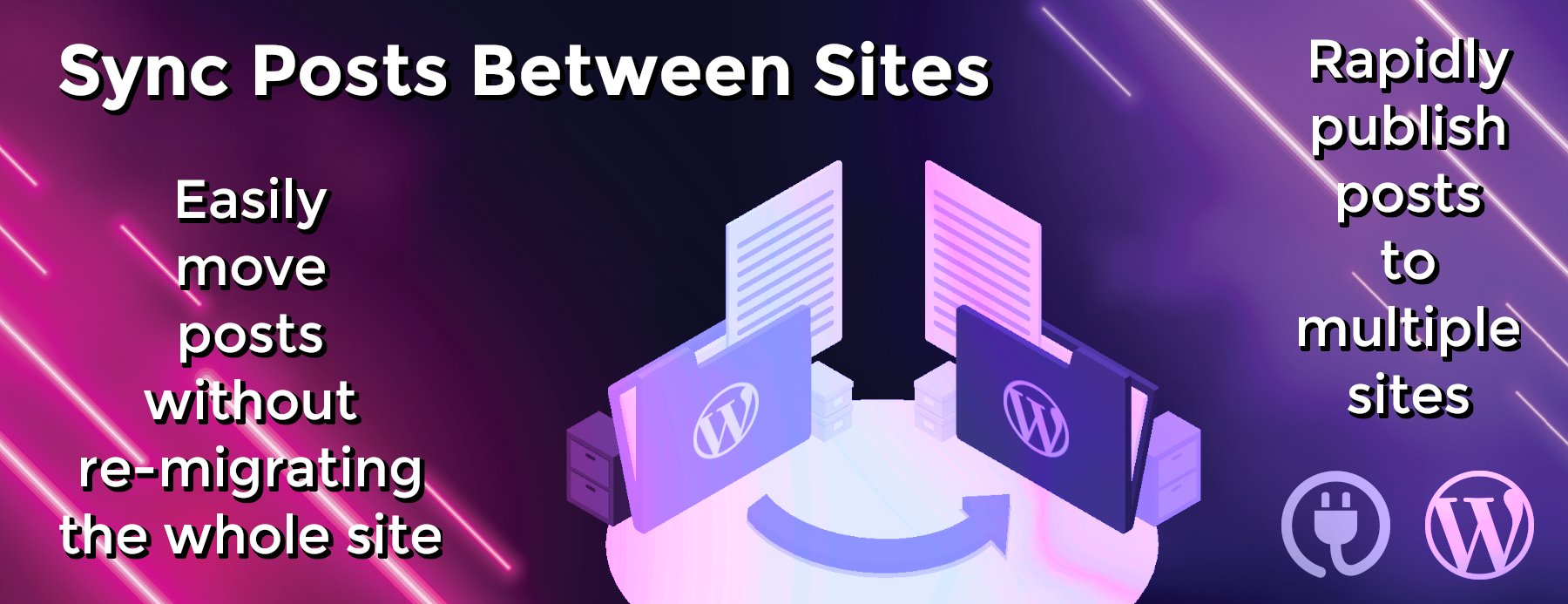IT Budget: Items To Remain
For the majority of IT managers and CIOs we have come to the closing of the year. The budgets are in front of us, and we have to decide how we can get the maximum out of the available funds. If we plan carefully enough, and with some luck, we can get through the rough times. Planning and doing it well is what we can and have to do. During planning, it is always easy to miss the items that are possible, but not so obvious at a first glance.
Let’s start with out IT pros. Budgeting for staff is highly correlated with your business. If you are anticipating an expansion in your business (we hope, too), then you have to account for expanding your IT department as well. IT pros come costly, especially where special expertise is needed. New hires can also be on/supplemented with other budgets (HR for example) but in any case we have to write the need somewhere and be aware of it.
Your IT staff will also need training. The technology is evolving, changing, morphing everyday and it is your department that the business side will require to keep the pace up with. You simply cannot live with the technology standards of yesteryears. There are two sides to this. The first one is the security issue – keeping your security pros up to date means keeping your data secure and the second one is the efficiency issue – much of the new technology promises more efficiency than its predecessors. No matter what, this is the most important item in your budget.
Talking about staff budgeting, we have to think about licensing as well. Licensing is an inevitable issue and you have to think it for every new hire of the company. I always said that it is better for the IT to take headcount numbers from the HR and align its calculations with these numbers; of course accounting for some “leeway.” At the bottom line, if you are using Windows infrastructure, the budget items at least need to include the operating system, the productivity software, antimalware toolkit, Exchange licensing fees and any other licensing fees (for example HR applications, database access licenses etc.) that the employees will use to handle their day to day tasks.
RELATED: Will Google Give Ranking Preference to Websites Based On Security, Rather Than Content?
If we continue with software, we have to account for new software purchases This purchase may come as a conventional application or in the form of a SaaS (Software as a Service) license. Most of the time, the software purchases are for increasing the productivity. That means, if you do not account for this budget item, the extra productivity gains will be just a dream for your budget year. Don’t forget to account for it.
Your cloud service does not need to come as a SaaS license, but it may come in some other form, which could be an IaaS (Infrastructure as a Service) form that may come as a disaster recovery solution or a PaaS (Platform as a Service) form that may come as a CRM solution. In any case, you will do some business in the cloud and you need to allocate some portion of your budget to purchase, deploy and maintain it.
When considering the cloud, we have to think about the mobility as well. Every year the usage gap – time spent, Internet access, percentage of business done – between the laptop/desktops and the mobile is increasing. A couple of years ago, the vendors offered mobility as a “value add” or a “luxury” proposition, but today, any application that does not have mobility is doomed to fail. In other words, yesterday’s luxury is today’s necessity. And you have to cover this necessity in your budget as well. And yes, the amount will increase steeply in the coming years. Don’t say you weren’t warned.
RELATED: Is the U.S. Falling Behind the Rest of the World in the Tech Boom?
When we are talking about cloud and mobility, have you noticed that we are implicitly assuming that we have the necessary bandwidth to play around? We have the data connection issue right in front of us. How is our office connected to the Internet? Our branch offices? Is your connection fast enough? What about the load that your current VoIP (Voice over IP) project will put on your existing infrastructure? What about your other projects that will directly impact your network/Internet infrastructure)? Your backup connection? Make sure to allocate the right funds for all your connections – Internet, site-to-site etc. – as well.
Your existing data center needs some attention, too. No matter how well you take care of your data center, no matter how carefully you follow the best practices, no matter how perfect you execute your administration, your hardware will fail. And for the business to continue, you will need to replace that hardware, which sometimes can be quite a sum. To be on the safe side, make sure you reserve some part of your budget for emergency funds. Your hardware will be dead at some point in time, account for it.
RELATED: CIO Perspective: Don’t Overlook Those Risks
And finally, your backup solution. I still see that many companies are backing up their data only to tapes and keeping them at some other place. No matter how much I tell them, they will regret this later on. If your company is the same, if you are not backing up your data to multiple locations and if you do not have some kind of a solid backup, recovery and disaster recovery solution in place, you are not running into danger, you are in danger. You need to have to pay for a solution that can backup your data, your servers and can make a bare metal recovery. You also need to account for keeping this solution up and running, maintain it, test it and make sure that it is in perfect working order. This goes beyond the IT budget, directly into corporate strategy, I know. But as an IT executive you cannot afford to say you did not have backups and you did not store the tapes safely and securely. Account for everything and make sure you have a solid backup solution in place.
Of course, down the road many items will surface that will ask for a portion of your funds and some budgeted items will not materialize. If you take the items I have discussed in this article to your budget, you will be able to go through the up and downs more easily in your next year and will be in a very good shape to support your business.
Let us hear from you. What items did you let go and what items are you keeping? Share with us in the comments below!




